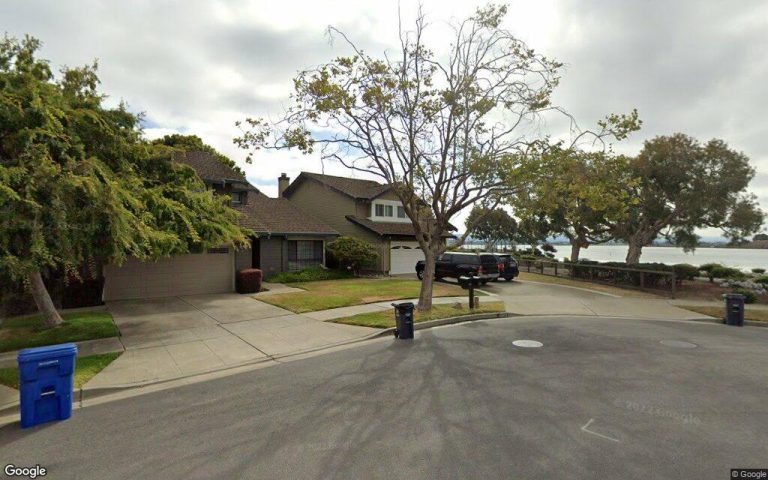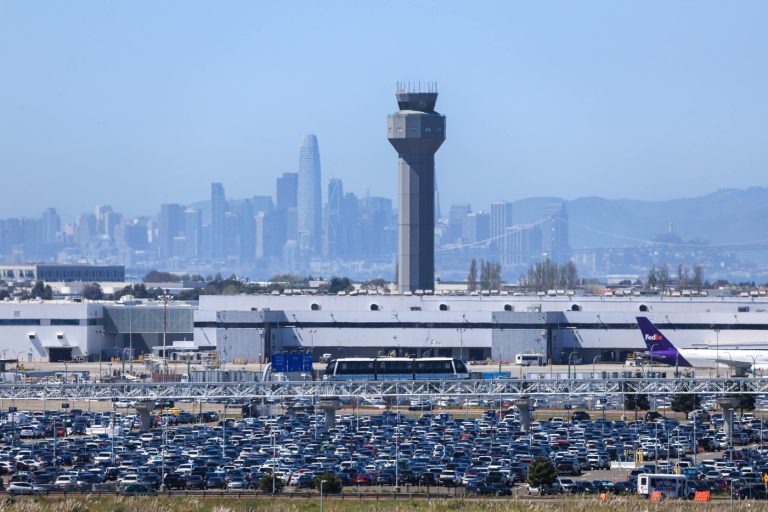It shouldn’t be this hard to get money into the hands of parents struggling to feed their children. But in California, where even the simple can get real complicated, hundreds of millions of federal dollars meant for hungry kids have slipped away unspent.
It’s wasteful. It’s frustrating. It’s repeating. Communications lapses and often inadequate and inconsistent outreach by state and local officials has meant some needy families in California don’t receive the money earmarked for them.
During the pandemic, the federal government sent billions of dollars to states to help feed children locked out of schools, summer camps and day care centers. Some of that money came on little plastic EBT cards — short for electronic benefit transfers — which act like credit cards and can be used to buy groceries at stores and online.
Though California’s Department of Social Services and its local partners, such as school districts and social service agencies, did a decent job getting those EBT cards to more than 8 in 10 children who qualified, other children and families who needed the money missed out. The state sent out nearly $11 billion worth of EBT cards, but only $9.5 billion was spent, state figures show.
The reasons why aren’t very good. Some families who qualified missed mailings because their address files were outdated. Other households received EBT cards even though they weren’t low-income. And some families mistook the EBT envelopes for junk mail and tossed them.
California had a year to use the money each cycle, and whatever went unused was automatically clawed back into federal coffers. California lost more than $1.1 billion after the first two years, and it could lose up to $470 million more, according to the latest two-year data available. We can’t know for sure because some cards haven’t expired yet.
That’s way too much wasted public assistance money, especially when 1 in 5 Californians is food-insecure and doesn’t know where their next meal is coming from.
A second chance
Meanwhile, California gets another shot at getting food money to needy kids.
This summer the U.S. Department of Agriculture is sending low-income parents $120 per school-age child, again using EBT cards, in the recently launched program called SUN Bucks.
Parents should be getting the money or applying for it now. Since it’s only for summer, parents have about three months to access and spend the money, not a full year like the pandemic EBT program.
Jesus Mendoza, the department’s western region administrator, said that during the school year, some 30 million kids get free or reduced price meals at school, but over the summer only 3 million get them; the rest don’t make it to the designated service sites. SUN Bucks is another way to reach these kids.
But already it’s obvious there are outreach challenges.
At a mid-June food distribution event at Rosa Parks Elementary in San Diego, several dozen parents clutched bags of fresh produce and groceries as local officials held a press conference discussing the SUN Bucks program in English and Spanish.
Beatris Lagunas and Berenice Campos, stay-at-home mothers who volunteer at the school their children attend, said privately that SUN Bucks sounds good and it could help them stretch their food budget, but they were unsure how to get the money.
Campos, whose second-grade son is covered by Medi-Cal, asked a volunteer in Spanish if her son qualifies and what she needed to do to sign up. At first she was given several different directions before being told to fill out an alternative income form, which she could get from the school or online.
Lagunas, a mother of three who already receives other kinds of public assistance, asked a volunteer in Spanish if she needs to apply for a new EBT card or if the SUN Bucks money would appear on her existing EBT card. A program official told her through a volunteer interpreter that her existing EBT card would suffice and that the SUN Bucks money would automatically load onto it.
Either way, she joked, that money would be gone with one visit to Costco.
“It’ll help me buy groceries, because everything right now is very expensive,” Lagunas said.
SUN Bucks’ impact
The SUN Bucks money could add up for California, if nearly 4 million of the targeted families spend it. The Food Research & Action Center, a Washington D.C.-based advocacy group, estimated that families using $462 million in SUN Bucks benefits could generate $693 million or more in economic impact for California.
That’s a big “if.” California has only the summer to get that money into the right hands — and to educate families on how to use it.
Related Articles
Opinion: Population decline isn’t the problem. Hungry kids are
Mendoza said school districts and social services agencies have learned from the mistakes of the pandemic EBT program. For instance, this time the EBT mail won’t arrive in mail addressed to children but instead to their parents, to help minimize chances it’ll be mistaken for junk mail.
Outreach has also increased, according to officials from California’s Department of Social Services. The state is using bus banners, social media, video ads, grocery store signs, text messages, robocalls and email campaigns in addition to websites and helplines devoted to SUN Bucks.
All that won’t be enough, though, if the program still relies on outdated home addresses and complex sign-up systems.
Plus there’s the shorter deadline: If California’s families don’t use this money in time, they’ll lose it. And we’ll miss out on another nearly half a billion dollars, while a fifth of our populace can’t afford groceries.
Denise Amos is the California Voices deputy editor at CalMatters.












